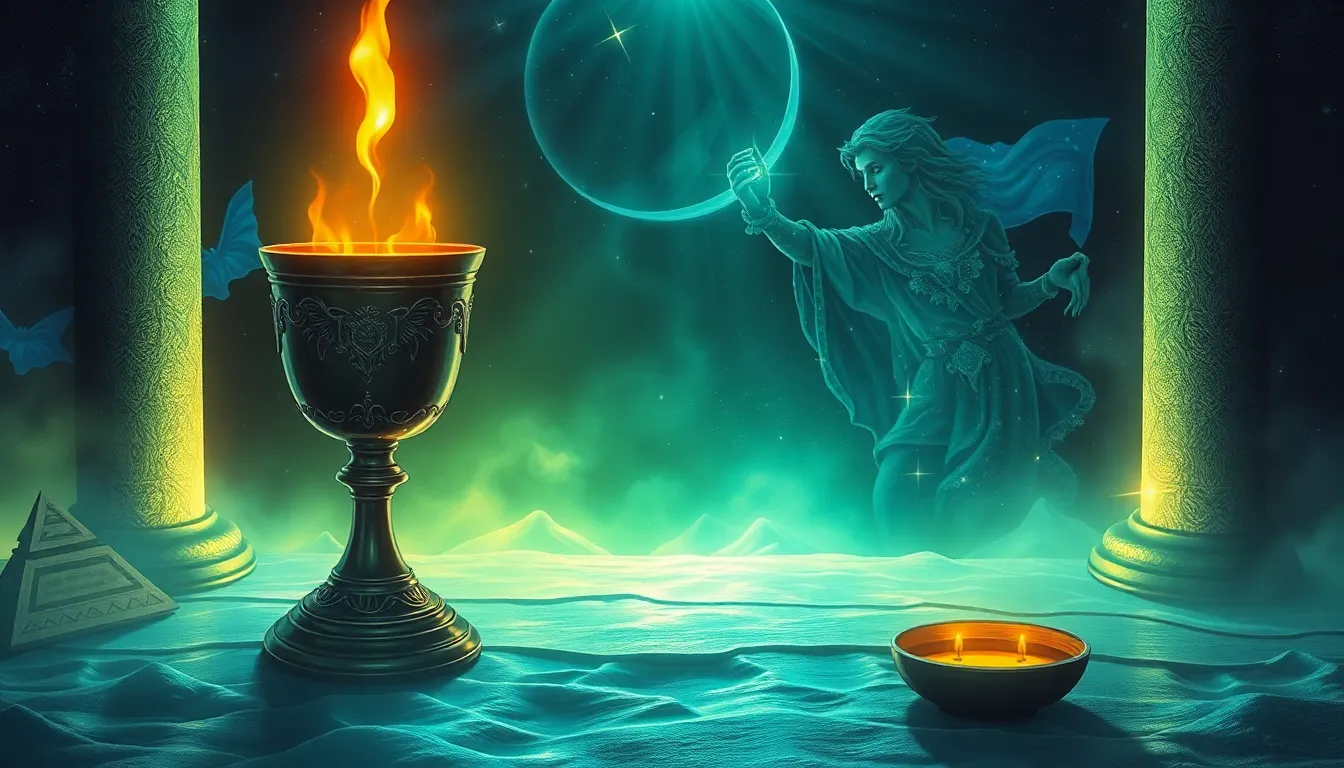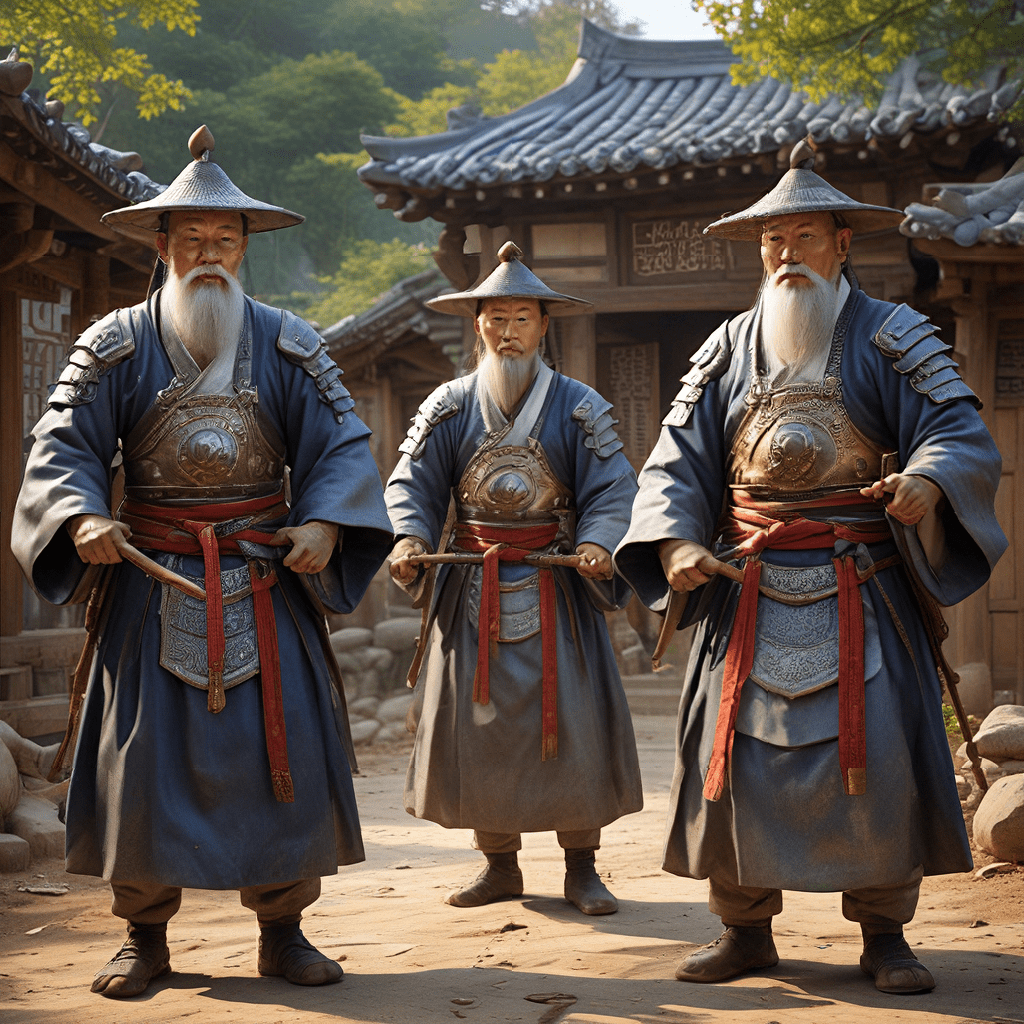The Chalice of Destiny: Drinking from Fate’s Cup
Introduction to the Chalice of Destiny
The Chalice of Destiny is a profound symbol found across various cultures, embodying the concept of fate and the choices that shape our lives. In many traditions, this chalice represents not only a physical vessel but also a metaphorical one, signifying the act of embracing or rejecting our destinies. The phrase “drinking from fate’s cup” evokes images of acceptance, surrender, and the inevitable consequences of our decisions.
Historical Context of Chalices in Mythology and Religion
Chalices have been prominent in ancient mythologies, serving as vessels of power, knowledge, and divine intervention. For instance:
- Greek Mythology: The chalice was often associated with Dionysus, the god of wine, symbolizing the dual nature of intoxication—both divine inspiration and destructive excess.
- Roman Mythology: The Romans viewed chalices as sacred vessels used in their religious ceremonies, often to honor the gods and commemorate important events.
- Celtic Traditions: In Celtic lore, the cauldron is a type of chalice that symbolizes abundance, transformation, and the mysteries of life and death.
These sacred vessels played crucial roles in religious rituals, representing the connection between the earthly and the divine. Their symbolic meanings often revolved around the themes of sacrifice, rebirth, and the cyclical nature of existence.
The Chalice as a Symbol of Fate and Destiny
At its core, the chalice serves as a powerful metaphor for the choices we make in life. Each decision can be seen as a sip from fate’s cup, where:
- Every choice brings forth consequences.
- We navigate through life by balancing free will and predetermined paths.
This interplay between free will and destiny raises essential questions about human agency. Are we merely vessels being filled by external forces, or do we actively shape our destinies through our choices?
Literary Interpretations of the Chalice of Destiny
Throughout literature, chalices and similar symbols have been utilized to explore themes of fate, choice, and consequence. Notable works include:
- The Holy Grail: A symbol of divine grace and the quest for ultimate truth, the Grail represents the balance between aspiration and the acceptance of one’s fate.
- The Chalice of Knowledge: In various stories, this chalice symbolizes the pursuit of wisdom, suggesting that the knowledge we gain often comes with a price.
These narratives reveal the complexities of human existence, where the pursuit of destiny intertwines with the inevitable consequences of our choices.
The Psychological Perspective: Drinking from Fate’s Cup
Personal experiences significantly shape our perceptions of destiny. The psychological implications of embracing fate versus resisting it can lead to various outcomes, such as:
- Acceptance: Embracing one’s fate can foster resilience and personal growth.
- Resistance: Conversely, denying fate may lead to feelings of frustration and stagnation.
Understanding our relationship with destiny can empower individuals to make conscious choices that align with their true selves.
Modern Cultural References and Adaptations
In contemporary culture, the Chalice of Destiny continues to be reimagined in films, books, and art. Works such as:
- Harry Potter and the Goblet of Fire: This story highlights the dangers of choices and the significance of accepting one’s fate.
- The Chronicles of Narnia: The series explores themes of destiny and sacrifice, where characters face the consequences of their choices.
These modern adaptations illustrate how the concept of fate and choice resonates with audiences, prompting reflection on their personal journeys.
The Chalice in Personal Growth and Transformation
The notion of drinking from fate’s cup can inspire profound self-reflection and personal development. Many individuals have shared stories of transformation that arose from embracing their destinies:
- Overcoming Adversity: People often find strength and purpose in accepting their life circumstances.
- Finding Meaning: Embracing one’s path can lead to a deeper understanding of self and the world.
These narratives serve as reminders that acknowledging our fate can catalyze significant change in our lives.
Spiritual Practices and the Quest for Destiny
Various spiritual beliefs and practices involve metaphorical chalices, often used in rituals and meditations. These practices highlight the importance of:
- Intention: Setting clear intentions can guide individuals on their journey toward fulfilling their destinies.
- Mindfulness: Being present and aware of one’s choices fosters a deeper connection to the unfolding path of life.
Through these spiritual practices, individuals can cultivate a greater awareness of how their actions shape their destinies.
Challenges and Dilemmas: What Happens When We Refuse to Drink?
Rejecting one’s fate can lead to significant challenges and dilemmas. Individuals who refuse to embrace their destinies may face:
- Stagnation: A lack of growth and progress may ensue when one denies their path.
- Missed Opportunities: Failing to accept fate can result in lost chances for fulfillment and happiness.
Case studies reveal that those who struggle with acceptance often encounter obstacles that impede their personal growth.
Conclusion: Embracing the Journey of Drinking from Fate’s Cup
In conclusion, understanding the Chalice of Destiny is vital for personal growth and transformation. By embracing the choices and experiences that shape our lives, we can cultivate a deeper connection to our destinies. Drinking from fate’s cup is not merely about accepting what is given but actively engaging with our journeys, making choices that resonate with our true selves. Ultimately, it is this journey that enriches our lives and leads us toward fulfillment.



